To integrate smart home devices seamlessly, ensure compatibility and centralize control. Use a robust Wi-Fi network for stability.
Creating a seamless smart home experience can be straightforward with the right approach. Start by selecting devices that are compatible with your existing ecosystem. This ensures they work harmoniously without unnecessary complications. A strong and stable Wi-Fi network is crucial for smooth communication between devices.
Centralized control, such as a smart home hub or a voice assistant, simplifies managing multiple devices. Regularly update your devices’ firmware to enhance security and performance. By following these tips, you can enjoy a cohesive and efficient smart home experience that enhances convenience and functionality.
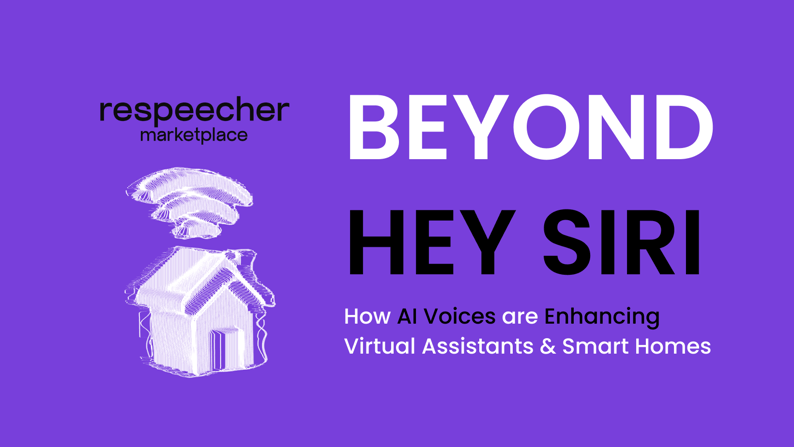
Credit: www.respeecher.com
Introduction To Smart Homes
Welcome to the world of smart homes! Imagine controlling your lights, thermostat, and security system with a single device. Smart homes are becoming more popular, offering convenience and efficiency. They make daily tasks easier and bring technology into every corner of your home.
The Rise Of Smart Technology
Smart technology has grown rapidly in recent years. Devices like smart speakers, thermostats, and lights are now common in many homes. These gadgets connect to the internet, allowing you to control them from your phone or tablet.
Here are some popular smart home devices:
- Smart Speakers: Control music, get weather updates, and more.
- Smart Thermostats: Save energy by adjusting the temperature automatically.
- Smart Lights: Change brightness and color with a tap.
- Smart Security Systems: Monitor your home from anywhere.
Benefits Of A Smart Home
Smart homes offer several benefits. They make life more convenient and can save you money.
Some key benefits include:
| Benefit | Description |
|---|---|
| Convenience | Control devices from anywhere. |
| Energy Efficiency | Save on utility bills. |
| Security | Monitor your home 24/7. |
| Comfort | Customize your living space. |
With smart technology, your home can adapt to your needs. You can control everything with just a few taps.
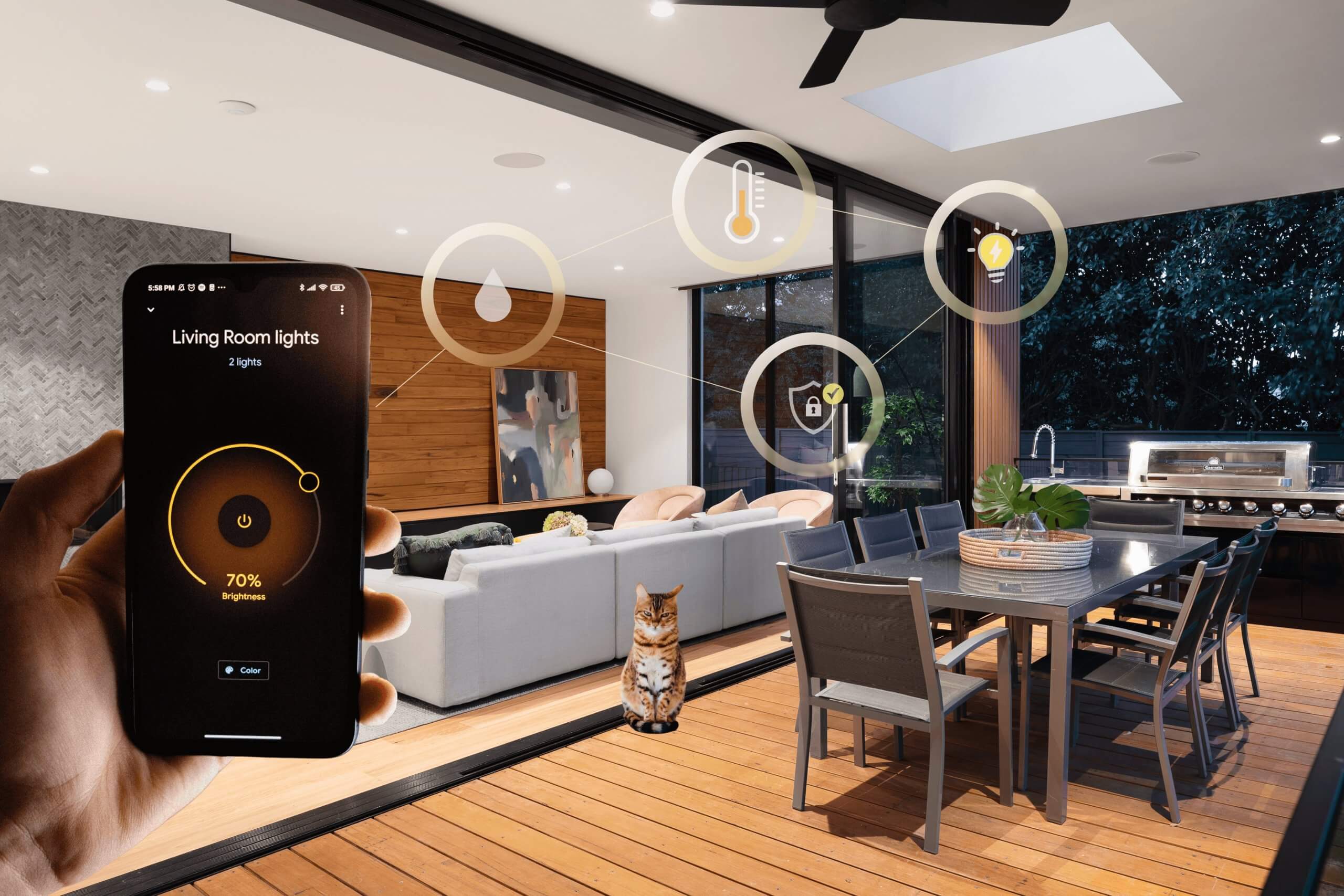
Credit: qit.software
Choosing The Right Smart Devices
Choosing the right smart devices is crucial for a seamless smart home experience. The right gadgets can make your home more efficient and user-friendly. This section will guide you through essential smart home gadgets and compatibility considerations.
Essential Smart Home Gadgets
Smart home gadgets make life easier and more convenient. Here are some must-have devices:
- Smart Speakers: Control your home with voice commands.
- Smart Lights: Adjust lighting with your phone or voice.
- Smart Thermostats: Save energy and control temperatures remotely.
- Smart Locks: Increase security and control access to your home.
- Smart Cameras: Monitor your home from anywhere.
Compatibility Considerations
Ensuring device compatibility is key for a smooth smart home setup. Here’s what to look for:
| Brand | Compatibility |
|---|---|
| Amazon Echo | Works with Alexa-enabled devices |
| Google Home | Works with Google Assistant devices |
| Apple HomeKit | Works with iOS devices |
Follow these steps to ensure compatibility:
- Check the device specifications.
- Ensure the device works with your existing system.
- Read user reviews for compatibility issues.
Choosing compatible devices will save you time and effort. Always check for compatibility before buying a new gadget.
Creating A Centralized Hub
Integrating smart home devices can be overwhelming. By creating a centralized hub, you can simplify the process and enjoy a seamless experience. A centralized hub acts as the brain of your smart home, connecting and managing all your devices in one place.
Importance Of A Smart Hub
A smart hub is essential for a streamlined smart home. It ensures that all your devices communicate effectively. Without a hub, your devices may struggle to work together. A smart hub makes managing multiple devices easier and more efficient.
Smart hubs offer several benefits:
- Unified Control: Control all devices from one app or interface.
- Improved Connectivity: Enhance the communication between devices.
- Automation: Create routines and schedules for your devices.
- Scalability: Easily add new devices to your system.
Top Smart Hub Options
There are many smart hub options available. Here are some top choices:
| Smart Hub | Key Features | Compatibility |
|---|---|---|
| Amazon Echo | Voice control, smart home skills, Alexa integration | Works with Alexa-enabled devices |
| Google Nest Hub | Voice control, Google Assistant, visual display | Works with Google Assistant devices |
| Samsung SmartThings | Wide compatibility, robust automation, mobile app | Supports many third-party devices |
| Apple HomeKit | Siri integration, high security, simple setup | Works with HomeKit-enabled devices |
Choosing the right smart hub depends on your needs. Consider compatibility, ease of use, and extra features. A good smart hub can enhance your smart home experience significantly.
Connecting Devices Efficiently
Integrating smart home devices can seem daunting. Efficiently connecting these devices ensures a smooth and enjoyable experience. Understanding different connection methods and addressing potential issues is key.
Wi-fi Vs. Zigbee Vs. Z-wave
Choosing the right protocol is vital for your smart home. Here is a comparison of Wi-Fi, Zigbee, and Z-Wave:
| Protocol | Range | Power Consumption | Speed |
|---|---|---|---|
| Wi-Fi | High | High | Very Fast |
| Zigbee | Moderate | Low | Fast |
| Z-Wave | High | Low | Moderate |
Wi-Fi is suitable for devices needing high speed. Zigbee is ideal for low power and medium range. Z-Wave offers a balance between range and power consumption.
Avoiding Connectivity Issues
To avoid connectivity issues, follow these tips:
- Position your router centrally.
- Avoid physical obstructions.
- Use range extenders.
- Update firmware regularly.
Keep devices within the recommended range. Interference from other devices can cause connectivity issues. Ensure your network can handle multiple devices.
Setting Up Voice Control
Voice control brings convenience to your smart home. Imagine controlling lights, locks, and more just by speaking. Setting up voice control can be easy with the right tips.
Popular Voice Assistants
Three popular voice assistants are Amazon Alexa, Google Assistant, and Apple Siri. These assistants work with many smart devices. You can choose one based on your preference.
- Amazon Alexa: Compatible with a wide range of devices. Works with Echo speakers.
- Google Assistant: Integrates well with Google services. Works with Google Nest devices.
- Apple Siri: Best for Apple users. Works with HomePod and other Apple devices.
Integrating Voice Commands
Start by linking your smart devices to your voice assistant. Follow these steps to integrate voice commands:
- Open the voice assistant app on your phone.
- Go to the settings menu and find the smart home section.
- Add your smart devices by following the on-screen instructions.
- Test voice commands to ensure everything works smoothly.
Here are some useful voice commands you can try:
| Command | Action |
|---|---|
| “Turn on the living room lights” | Switches on the lights in the living room |
| “Set the thermostat to 72 degrees” | Adjusts the temperature to 72 degrees |
| “Lock the front door” | Locks the main entrance |
Voice control makes your smart home more user-friendly. Start integrating your devices today for a seamless experience.
Automating Home Routines
Smart homes make life easier. Automating home routines can save time. It can also boost efficiency. Imagine waking up to the smell of fresh coffee. Lights turn on slowly. The thermostat adjusts the temperature. This is the magic of a smart home.
Creating Automated Scenarios
Creating automated scenarios is simple. You can set up different scenes. For example, a “Good Morning” scene can turn on lights, play music, and start the coffee maker. A “Good Night” scene can lock doors, turn off lights, and lower the thermostat.
| Scenario | Actions |
|---|---|
| Good Morning | Turn on lights, play music, start coffee maker |
| Good Night | Lock doors, turn off lights, lower thermostat |
Scheduling And Timers
Scheduling and timers are key for a seamless smart home. You can schedule devices to turn on or off at specific times. For example, set the thermostat to warm up at 6 AM. You can also use timers for shorter tasks. For instance, set the lights to turn off after 30 minutes.
- Schedule lights to turn off at bedtime.
- Set the coffee maker to start brewing at 7 AM.
- Program the thermostat to adjust temperature at night.
Using schedules and timers ensures your home runs smoothly. It also saves energy and money.
Ensuring Security And Privacy
Integrating smart home devices can enhance your living experience. But it also introduces security and privacy challenges. Protecting your devices and data is crucial. Here are tips to ensure security and privacy in your smart home.
Securing Smart Devices
- Change Default Passwords: Always set a strong, unique password for each device.
- Enable Two-Factor Authentication: Add an extra layer of security to your accounts.
- Regular Software Updates: Keep devices updated to protect against vulnerabilities.
- Use a Secure Network: Ensure your Wi-Fi network is encrypted and uses a strong password.
- Disable Unused Features: Turn off features you don’t use to reduce risk.
Data Privacy Concerns
Smart devices collect a lot of data. This raises privacy concerns. Here are steps to protect your data.
- Review Privacy Policies: Understand how your data is used by reading privacy policies.
- Limit Data Sharing: Only share necessary data with devices and apps.
- Use Encrypted Services: Choose devices and services that offer data encryption.
- Monitor Data Access: Regularly check which apps have access to your data.
- Secure Cloud Storage: Ensure any cloud storage used is secure and encrypted.

Credit: www.wired.com
Future Of Smart Home Technology
The future of smart home technology is promising. New devices are constantly being developed. These devices aim to make our lives easier and more connected. As technology evolves, smart homes become more efficient and user-friendly. Let’s explore the latest trends and how to prepare for upcoming upgrades.
Emerging Trends
Smart home technology is always improving. Here are some emerging trends to watch:
- Voice Assistants: Devices like Amazon Echo and Google Home are becoming more advanced.
- Artificial Intelligence: AI can predict your needs and automate tasks.
- Interconnected Devices: More devices can communicate with each other seamlessly.
- Enhanced Security: Smart cameras and locks are getting smarter and more secure.
- Energy Efficiency: New devices help reduce energy consumption and save money.
Preparing For Upgrades
To ensure a seamless smart home experience, you need to prepare for upgrades:
- Research New Devices: Stay informed about the latest smart home products.
- Check Compatibility: Ensure new devices work with your existing setup.
- Update Software: Keep your smart devices updated to access new features.
- Secure Your Network: Use strong passwords and update your Wi-Fi settings.
- Plan for Future Needs: Think about what new devices you might want in the future.
To make your smart home future-proof, consider these steps:
| Step | Action |
|---|---|
| 1 | Stay Updated on Trends |
| 2 | Invest in Compatible Devices |
| 3 | Regularly Update Software |
| 4 | Enhance Network Security |
| 5 | Plan Ahead for New Devices |
Frequently Asked Questions
How Do I Start Integrating Smart Home Devices?
Begin by selecting a central hub compatible with various devices. Research and choose devices that meet your needs. Ensure they are compatible with your hub. Follow the manufacturer’s instructions for installation and setup. Regularly update your devices to keep them secure and efficient.
Which Smart Home Devices Are Essential?
Essential smart home devices include smart speakers, security cameras, smart lighting, and thermostats. These devices enhance convenience, security, and energy efficiency. Start with these basics and expand as needed. Ensure compatibility with your central hub for a seamless experience.
Can Smart Home Devices Work Together?
Yes, smart home devices can work together if they are compatible. Use a central hub or an app to integrate them. This allows for coordinated actions and automation. Check for compatibility before purchasing new devices to ensure they work seamlessly.
Are Smart Home Devices Secure?
Most smart home devices are secure but require proper setup. Use strong, unique passwords and enable two-factor authentication. Regularly update firmware and software to protect against vulnerabilities. Choose reputable brands known for their security features.
Conclusion
Crafting a seamless smart home experience enhances convenience and efficiency. Focus on device compatibility and user-friendly interfaces. Regular updates ensure peak performance. Embrace smart technology to transform daily living. By following these tips, you create an integrated and harmonious smart home environment.
Enjoy the benefits of a connected lifestyle.
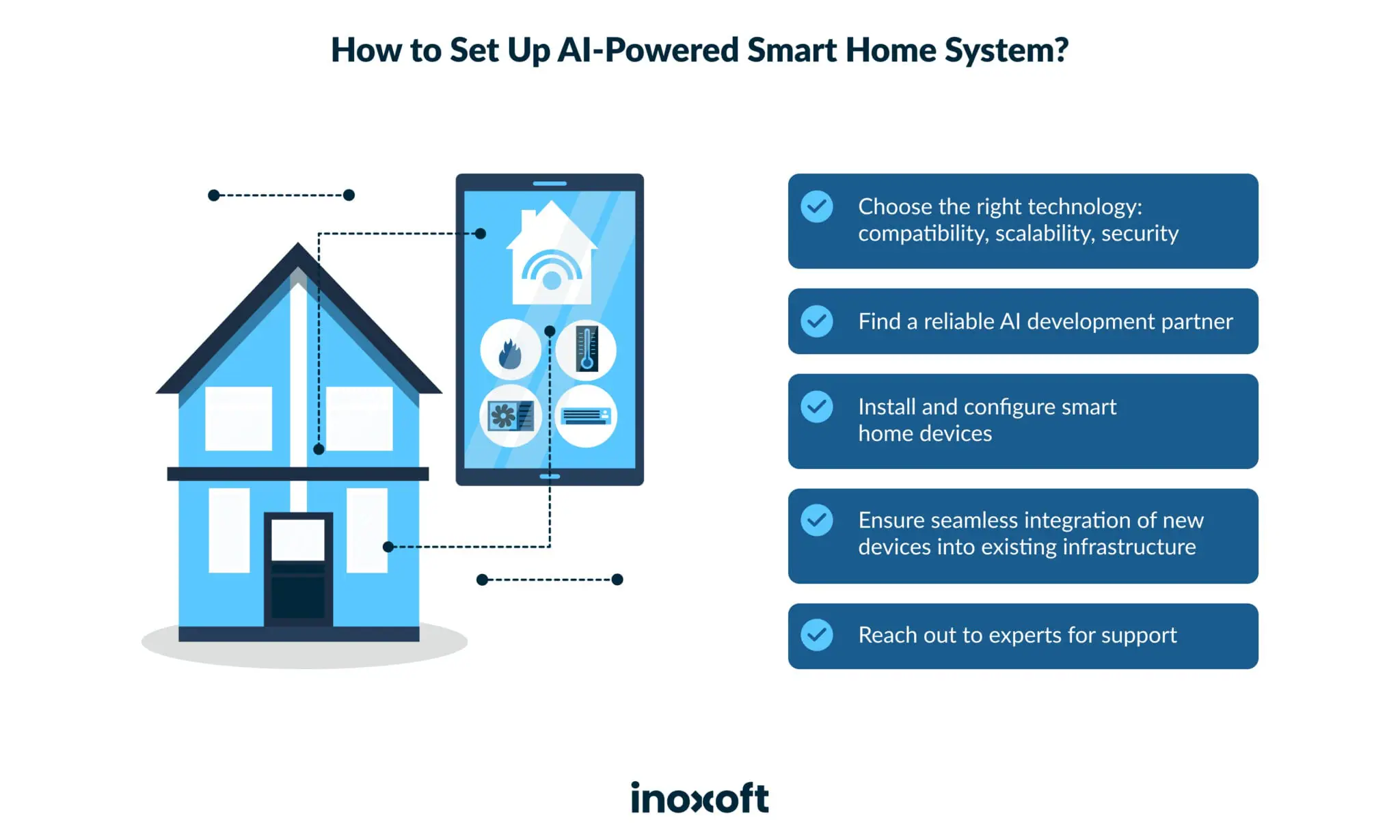
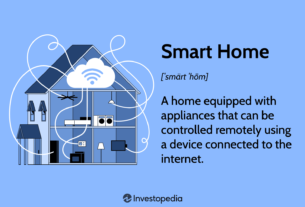
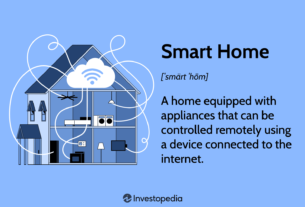
GIPHY App Key not set. Please check settings